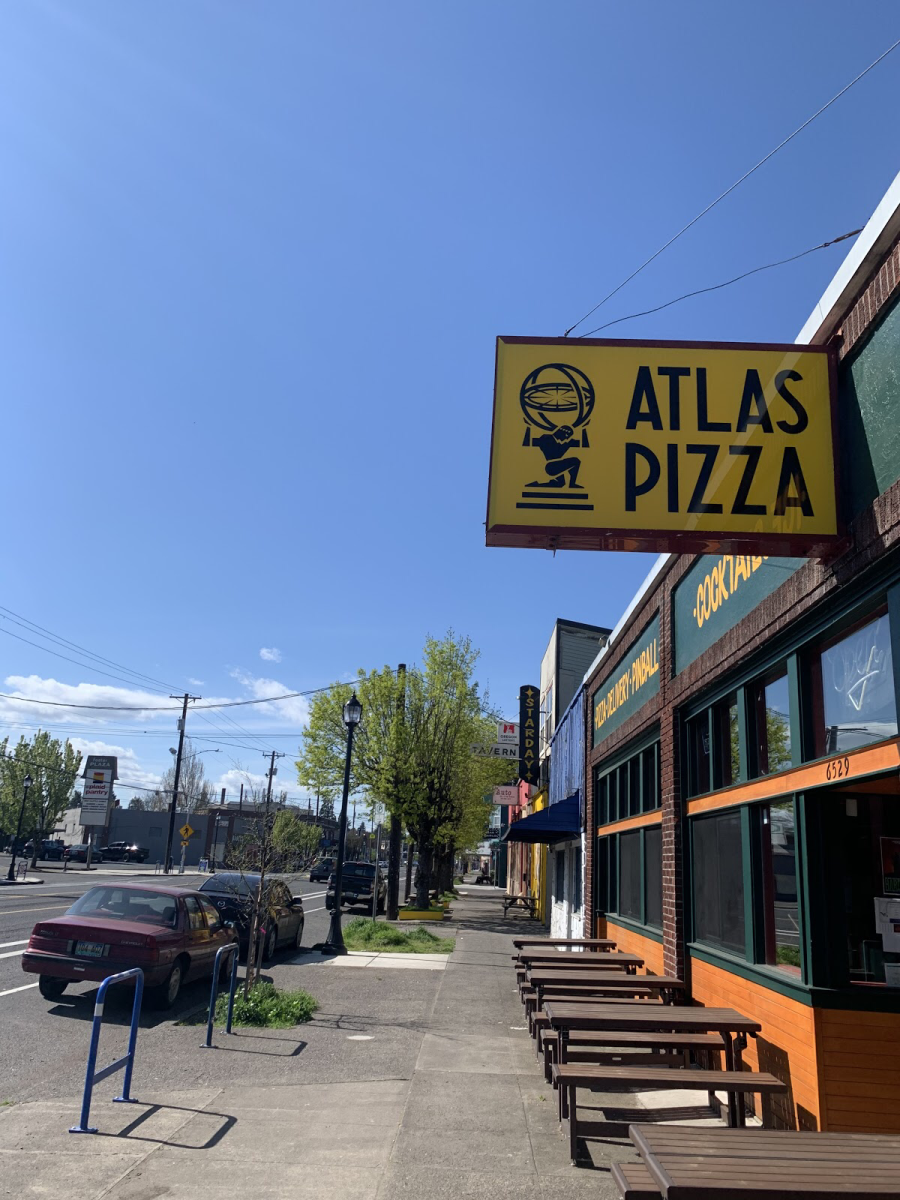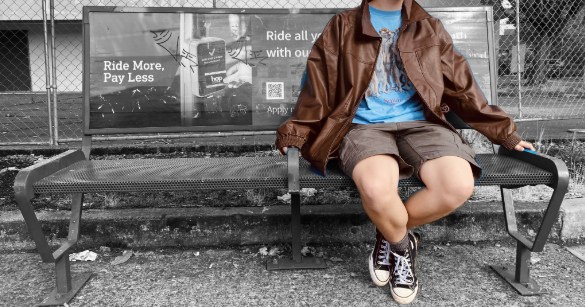Many of us have seen it. Over these months and years, those who live in Portland have witnessed a transformation. Not a sudden one, not one that rocks us to our core—rather, one that we only notice if we reflect on the city we used to live in. We would realize a house or two had been torn down for newer, sleeker ones. Houses we only wished of owning ourselves. Soon enough, empty lots and rundown clubs became bustling markets and trendy boba shops, food cart pods and apartment complexes: A diverse collection of the greatest hits of the colorful city that only represent a fraction of the city’s culture. The glitz and glamour of a Broadway or a Main street isn’t something that’s only seen in the downtown district of Portland anymore. Hawthorne, Division, Stark, and Belmont, all located in Southeast Portland, highlight this change of pace happening for many neighborhoods. Foster and Powell, quick to follow, are becoming other trendy spots within the Portland area.
Southeast Portland has become a hub of growth in the city. The Portland Plan, which partners with the City of Portland on reforming the city’s policy on growth, estimates that the population of SE Portland is now the largest of the metropolitan sectors, with well over 150,000 Portland residents living there. Powell and Foster have long been the lifeblood of the region, and have become hotspots for business and subsequent population growth. According to PDX Listed, over 40,000 people live in neighborhoods bordering the two streets, between 52nd and 82nd alone.
One drawback of the growth in the area is being seen as more of the city becomes more expensive, and many of those who are less fortunate economically aren’t as capable of making payments for locations that they have lived on for even extended amounts of time. Housing prices have just about doubled over the past 10 years, which has forced many people, often people of color, to move to the outskirts of the city, extending into Gresham and other nearby residential neighborhoods. The White population shares of Portland and Gresham differ by 10 percentage points, higher in Portland than Gresham. Unfortunately, the gentrification and raising of prices has skewed the demographics of many neighborhoods, pushing other populations farther out of the metropolitan area.
The vitality of these two streets has led to significant changes in landscape. The average price of homes has almost doubled on a rolling ten-year window, according to the Zillow Transaction and Assessment Dataset, coming up to 401,000 dollars at the start of April, from 212,000 dollars at the end of March of 2011. The development of this part of the city has also increased greatly. According to Next Portland, over 20 buildings are being erected or refurbished currently along the two roads. A swathe of new housing projects, and an ever-expanding arsenal of new business opportunities being taken at the highest bid, are shaping a vibrant setting in the city.
The growth of the sector has shown not only a competitiveness in the housing market, but also in the business side of things. Chad Rennaker, the president of Palindrome Communities (a redevelopment company based in Portland), described the nature of business here and the things the company has been working on in the southeast portion of the city. Palindrome has had a public-private partnership with the City of Portland for five years over the land that was the New Copper Penny, a night club, prior. It is now Oliver Station on Foster and 92nd. The group also has rights to the area connected to it, that being the Zoiglhaus Brewery and the field that used to house the misplaced Belmont goats. The public-private partnership in this case is an arrangement between multiple parties, normally a city and a development firm, in order to improve a city via attraction or functionality. Though there are pains due to certain codes and zoning restrictions, Rennaker says the company “enjoys the partnership.” Rennaker says that the neighborhood and Southeast area in general “has tons of potential, and [Palindrome] thinks that Oliver Station can be part of the spark.” He pointed out the heavy traffic brought in by Foster and I-205 as well as the MAX station that will probably be “very powerful” in terms of bringing people to the district. These were what made the portions of land so attractive. Also, just to the north and west of the properties rest the Lents and Mt. Scott-Arleta neighborhoods, housing nearly 30,000 Portlanders. He and others at Palindrome see that area as “being the next Mississippi, Hawthorne, or Belmont,” as a trendy and popular gem within the city.
Since resurrecting the new Zoiglhaus Brewery just up the street and Oliver Station, Rennaker has observed an interesting trend. “We were expecting more national brands, like Starbucks, to become tenants. One thing that we jumped on was the fact that Planet Fitness was willing to put a location there from the get-go,” he said. The smaller businesses and the local tenants show how larger businesses view the market in Lents, based on variables that Palindrome doesn’t monitor. Regardless of national knowledge of the spot in Southeast, the group is happy with how things have been shaking out. In fact, it plans to use the other lands it secured to build a “large-scale housing complex with a plaza” on the field where the goats once roamed and install a brewpub and pizzeria in the retail front at the northeast corner of Foster and 92nd. The housing complex is set to contain a couple hundred units. Hopes for the area are high on the side of the developers. Rennaker says the main goal of the new buildings is “to create a community that lasts, and gets people out.” The work and future of the region has only just begun.
The possibilities of growth and prosperity in SE Portland are only starting to be seen as we enter a stage of steady accomodation to the hundred thousand or so new Portlanders that have moved here in the past 15 years. Many projects like Oliver Station are already happening, like the renovations of local high schools, the building of complexes and businesses like 72 Foster and El Portland Mercado, as well as the rampant growth of local businesses like Pip’s Doughnuts, the food cart pods, and Pok Pok. Every single development hopes to be, and very well could be, the “catalyst” that Rennaker has been putting together in Lents.


































